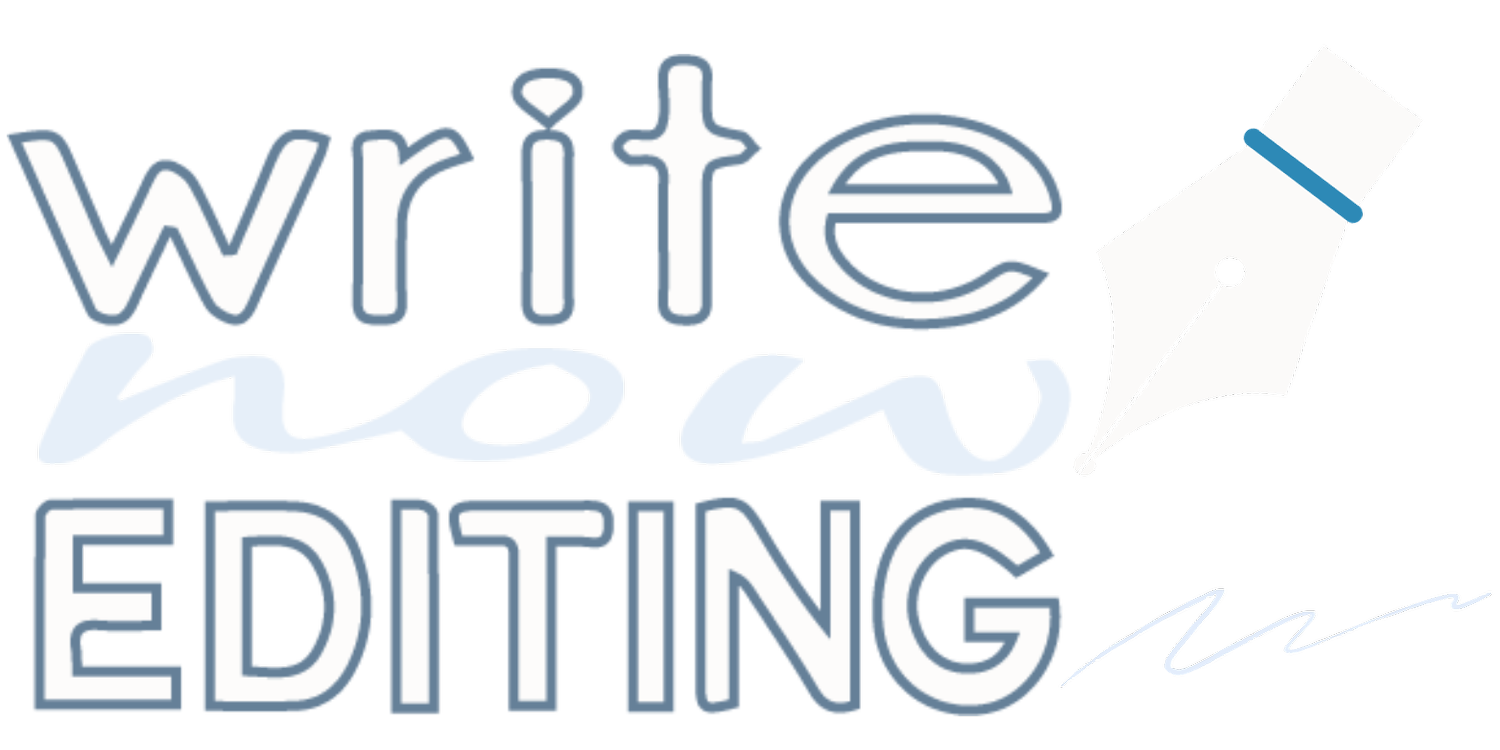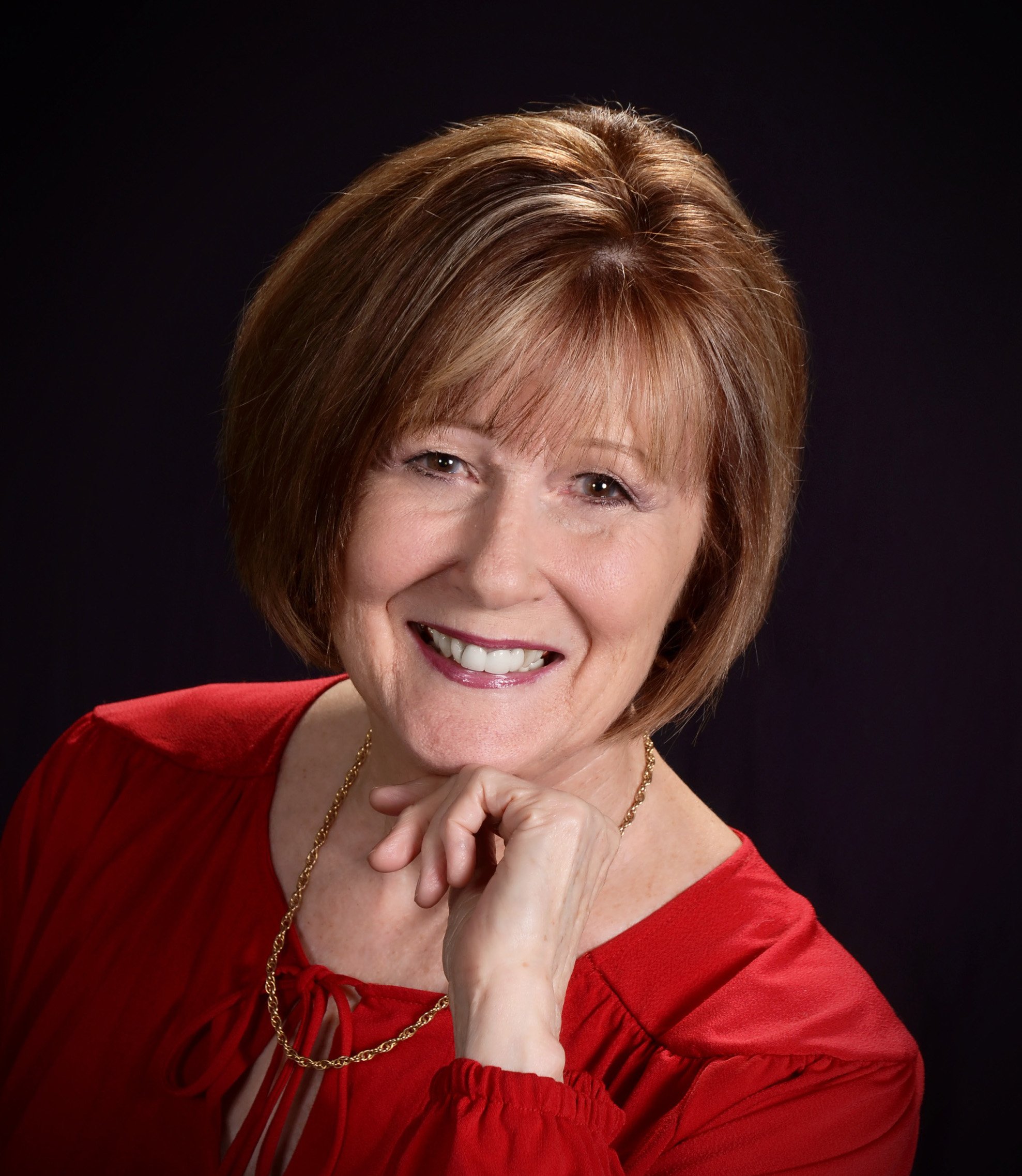Blog
Check out our weekly highlights below. The Write Now Editing blog is designed to help transform your GOOD manuscripts into GREAT books!
Writing and editing are not the same skill, but writers can strengthen their self-editing skills and this book can help!
Search Our Blog or Scroll Below
Writing Advice with Linda Rondeau
Writing tips, encouragement, and advice from author Linda Rondeau.
Discover the Editor in You: Copyediting as a career by Vivek Kumar
A fabulous resource for new editors who need to understand the industry.
Writing Tips from Patricia Bradley
What’s the best writing advice you’ve ever received?
What’s the worst?
Writing Advice from Yvonne M. Morgan
What is your favorite writing craft book?
What’s the best writing advice you’ve ever received?
What’s your favorite other source (YouTube, podcast, etc.) for writing tips/info?





















